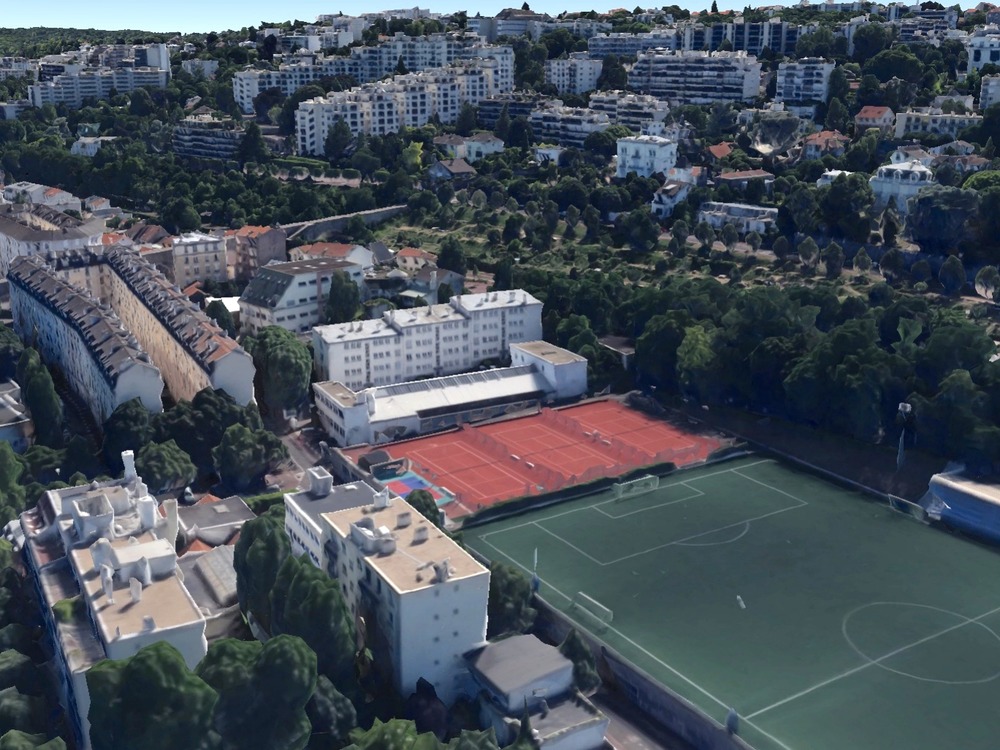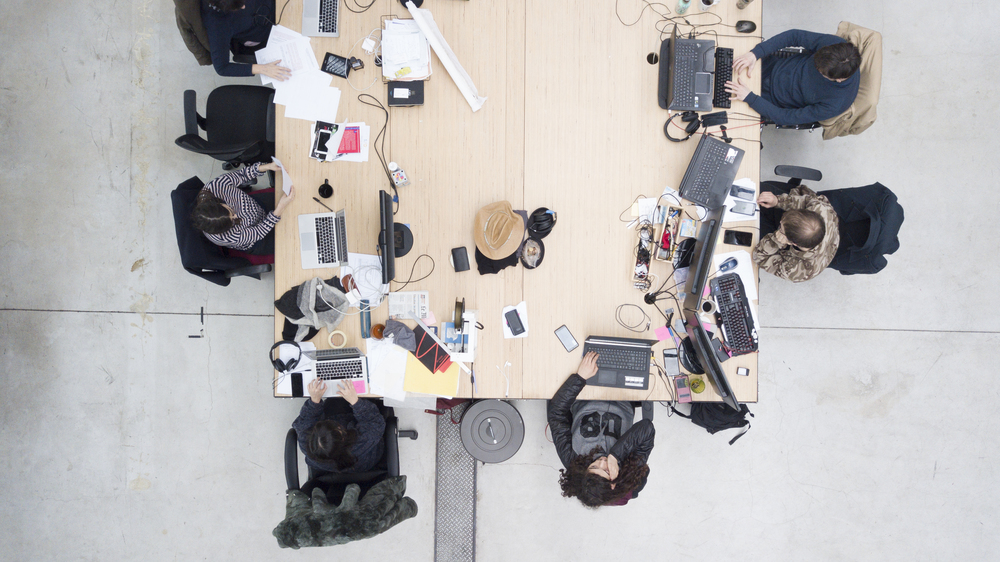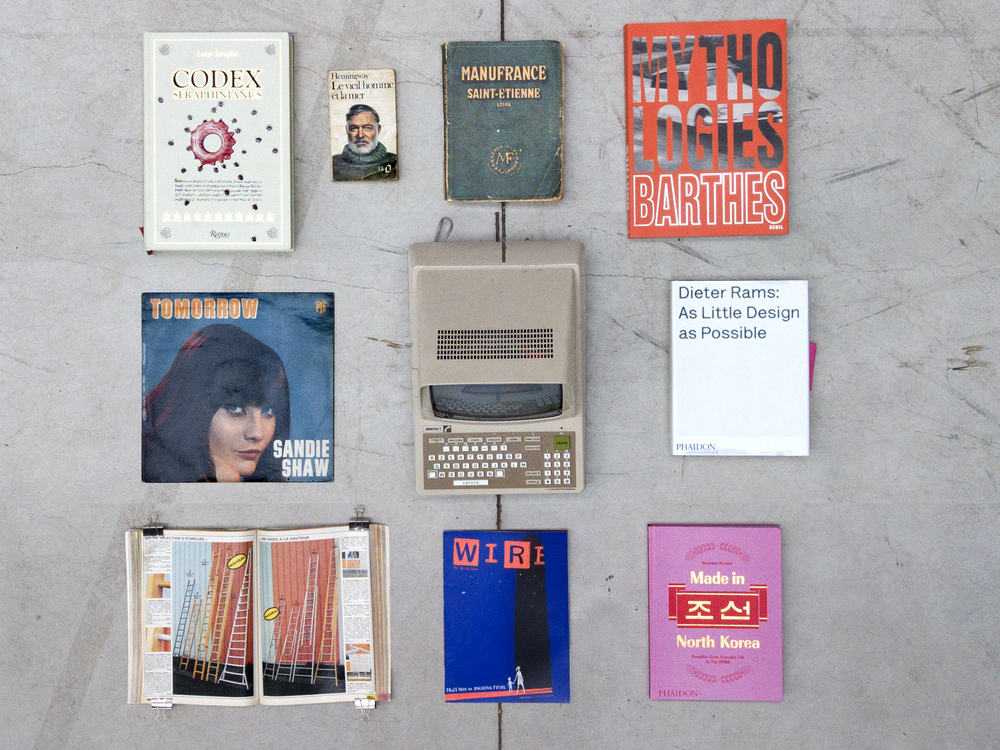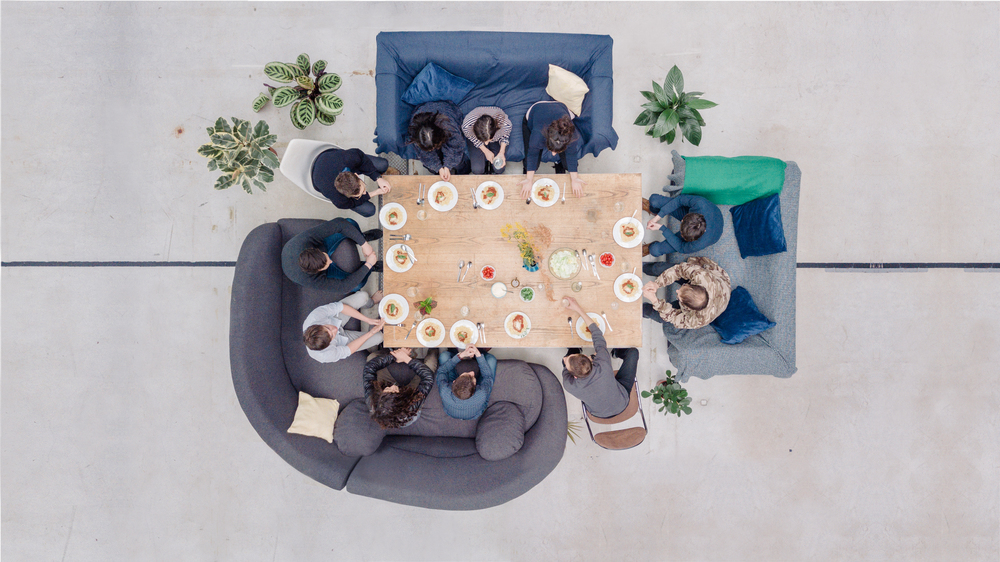We are a Hacker house: a house-workshop that offers the status of employee-entrepreneur to new technology enthusiasts. We help large groups such as {THALÈS}-{HUAWEI}-{HERMÈS} wanting to break the codes and we design our own inventions such as {MOOREa smartphone with unlimited storage}

Engineers, designers and developers - or other enthusiasts about new technologies - we share the desire to invent. The model of society we are building within the Hacker House of Seed-Up, particularly through the introduction of the status of employee-entrepreneur, turns this aspiration into our job.
We divide our time between collaborations with large groups and projects developed internally. This diversity allows us to test the requirements of the company, while maintaining a direct link with the market, and to deepen simultaneously our technical expertise and our intuitions.

Eventually, internally developed project-companies aim to free themselves from Seed-Up. The shares are then split between the founders, who become active associates, Seed-Up and the newly recruited CEO. The only rule for the project-company is its ability to ensure continuity of wages.

Total, Thales, Sanofi, Hermes or CNRS asked for our help for breaking inventions, and project-companies such as MOORE, a smartphone with unlimited storage, were launched under the glass roof of our shed in Saint-Cloud.
We do not claim any magic recipe or miracle methodology. Graduates of renowned schools or self-taught people: the hierarchy derives from the expertise of each and the singular spirit is always valued.

N’hésitez pas à nous contacter.
>contact@seed-up.io
23 avenue Bernard Palissy
92210 Saint Cloud
N 48°51’14” - E 2°13’15”
48.85433342.2225273





